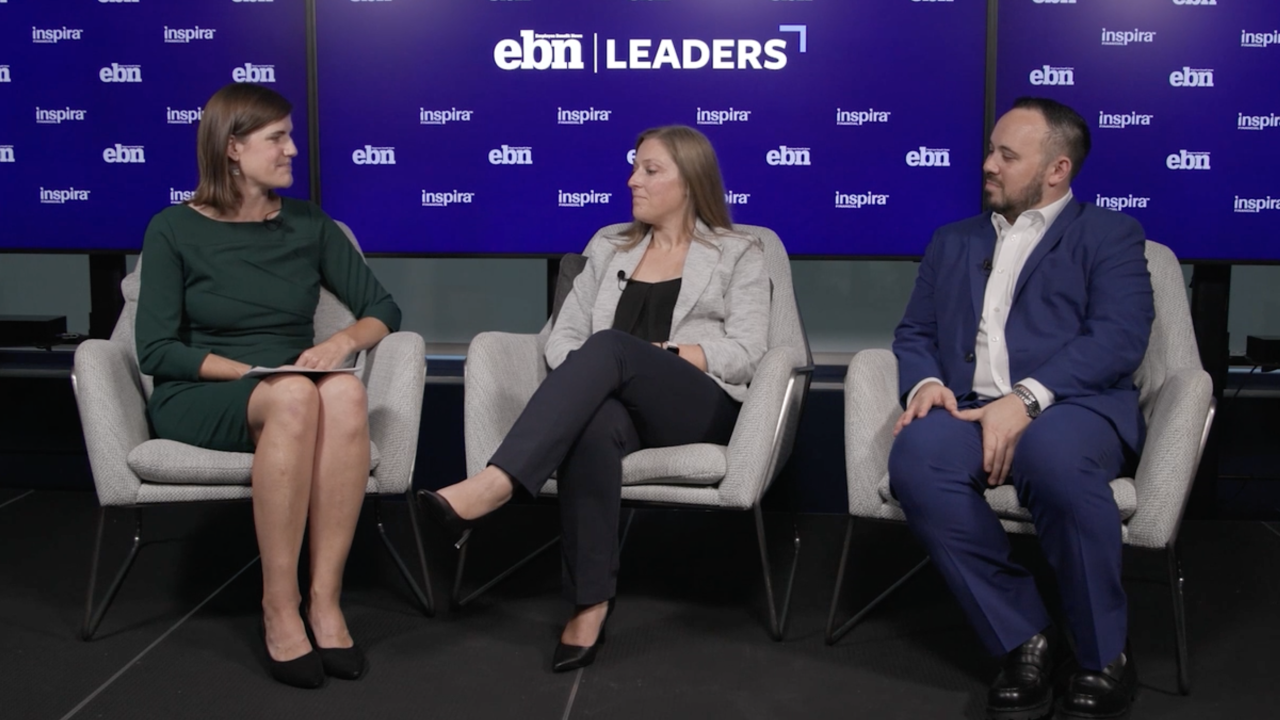It’s clear that most working adults are
Moreover, the COVID-19 pandemic has forever changed the way
Read more:
The goal of a successful well-being strategy is to drive positive, sustainable behavior change. Employees already spend more than a third of their waking hours on a device, so why not meet them where they’re at by offering interactive, easy-to-access digital health and well-being options? By taking advantage of behaviors and actions that are already familiar to them, you’ll pique their interest and drive better participation for better results.
Traditional wellness programs don't typically offer a connected ecosystem of health and well-being programs and services that enable a "one stop shop" for employees. Instead, they usually push different point solutions that don't interact with or complement each other. This results in a confusing, hard to navigate experience for employees. As a result, they completely tune out and don’t take advantage of the programs and services offered.
Data... data... and more data
Digital health and well-being solutions are at a distinct advantage over traditional programs when it comes to data collection, analysis and action. Through the power of information and advanced data science, each
A wealth of data can be analyzed and utilized to drive this personalized experience. This includes personal medical history, claims data, demographics, health risk assessment data, biometric testing results, social determinants of health, emotional health assessment information, lifestyle assessment information, and more. It’s a continuous process rather than a destination. As employees evolve and change, so will their wellness needs.
Hyper-personalized experiences
Most people today expect that some level of data is being collected about them. They know that when they log into Netflix, recommendations will show up based on their past viewing history. When they’re listening to music through popular apps, they expect recommendations based on their preferences. This what keeps them coming back for more.
People expect their health and well-being programs to do the same.
Health and well-being experiences in 2021 must be personalized so that employees don’t get lost in a myriad of options that may or may not be right for them. Instead, they’re served up what makes the most sense.
Digital health and well-being solutions should embrace the fact that no two people are alike and that the path to better health and well-being can, and will, vary from person to person. A robust, innovative solution should offer dynamic, evolving plans that are personalized for each employee. They regularly monitor updates to risk assessments, changes in health condition, life events, lifestyle changes, and more to continually modify care paths so members are always connected with relevant programs and services. With a deeper level of personalization, employees receive better guidance and support to achieve milestones. And as they continuously reach these milestones, they stay motivated and engaged.
In addition, by providing a better employee experience, employers see a higher level of participation and satisfaction as well better value on investment.
Informed outreach
Remember the days when flyers were stuffed in paychecks every month to promote company wellness programs? Everyone got the same information, the same way, at the same time. That just doesn’t fly anymore.
Poor participation is a symptom of a generic, one-size-fits-all outreach approach. People don’t connect with the message, and therefore, don’t engage.
Leading digital health and well-being vendors are changing the game when it comes to outreach. They collect information like workforce demographics, social determinants of health, motivation, willingness to change, interests, and more to design communication plans that elicit trust in the solution, it’s programs, and their employer. As a result, employees are more likely to engage, and continue to engage over time.
By utilizing data intelligence and applying human touch, they also carry out individualized outreach efforts to address questions and help employees make decisions on things like program enrollment, treatment plans, medications, and care providers.
Today’s employees want to work for organizations that recognize and support their overall health and well-being. Digital programs and services are an affordable, yet innovative way to address employee needs while offering the data needed to make better business decisions. It’s a win-win for everyone.






